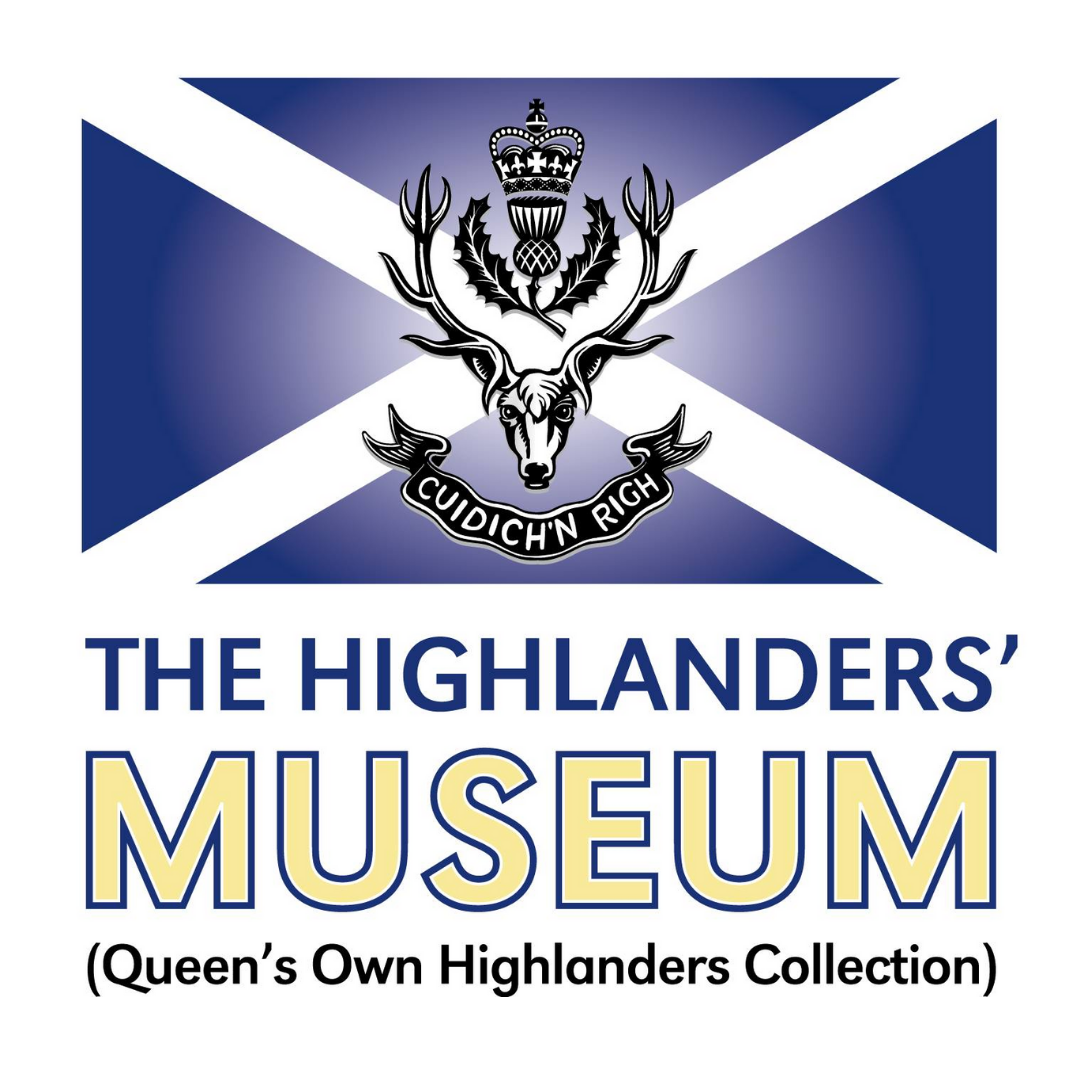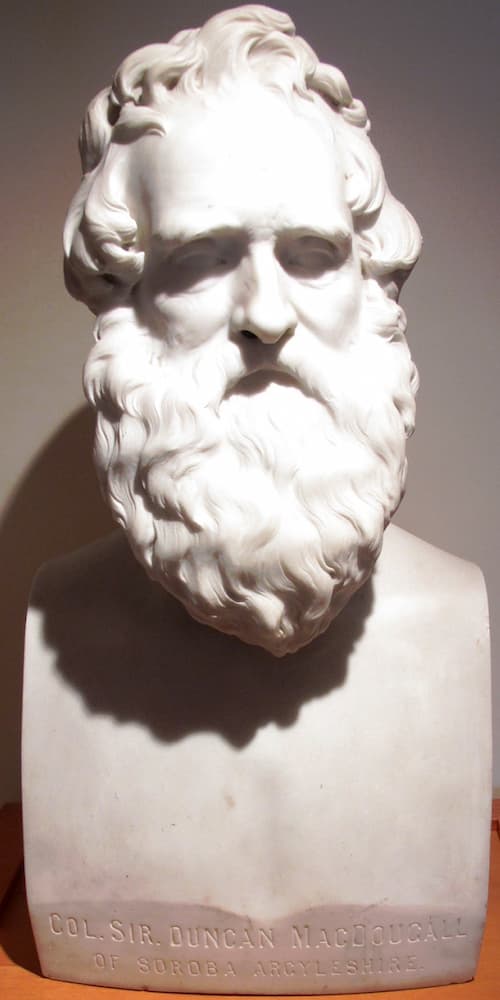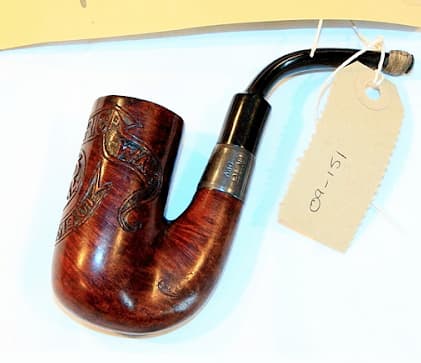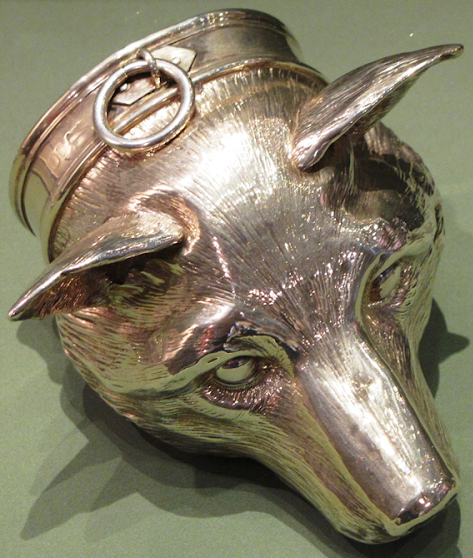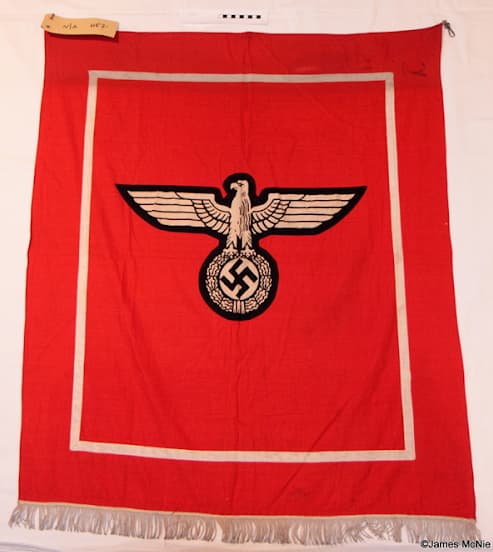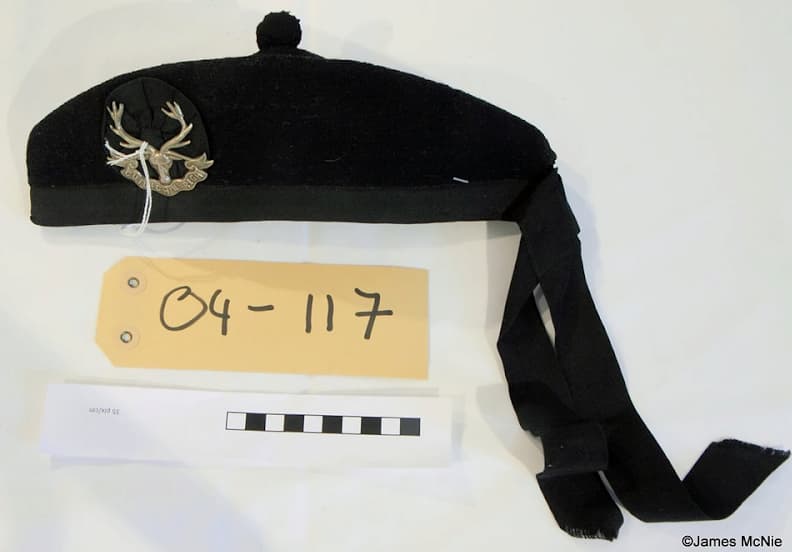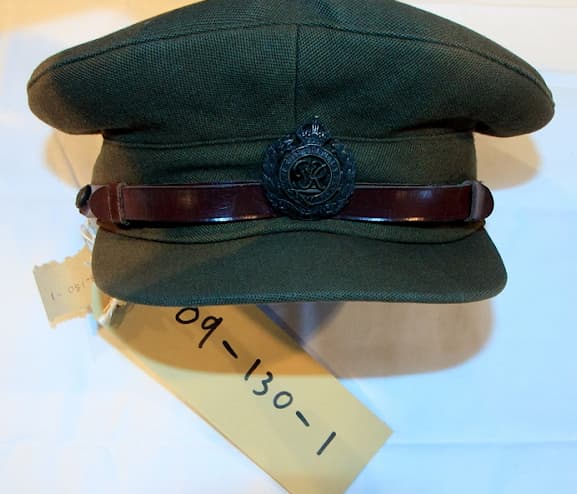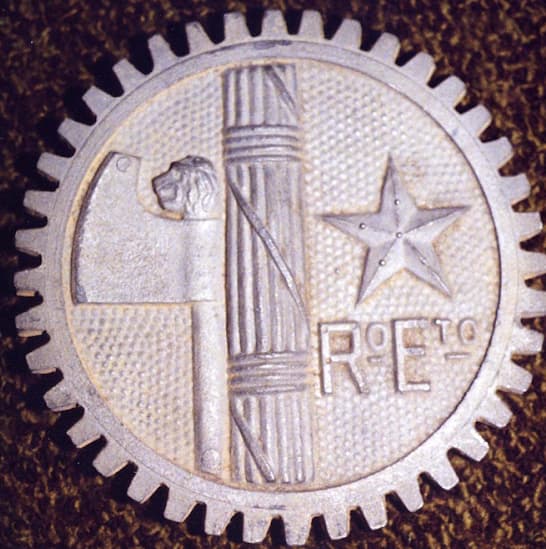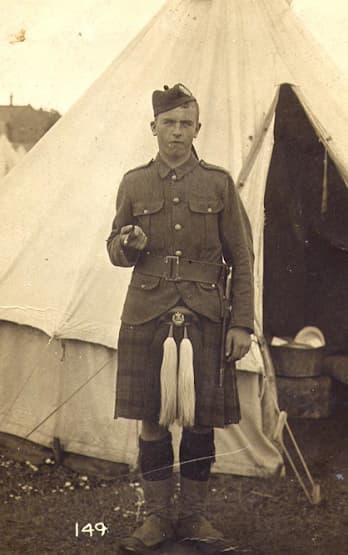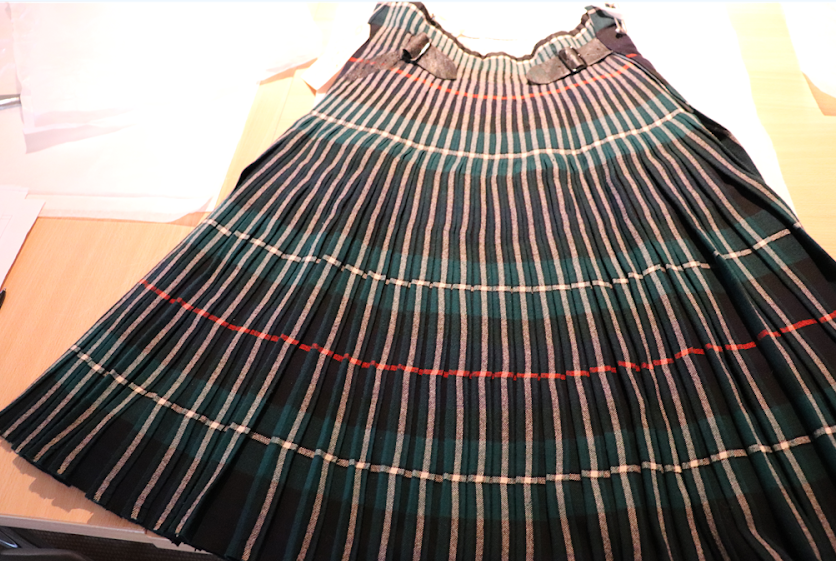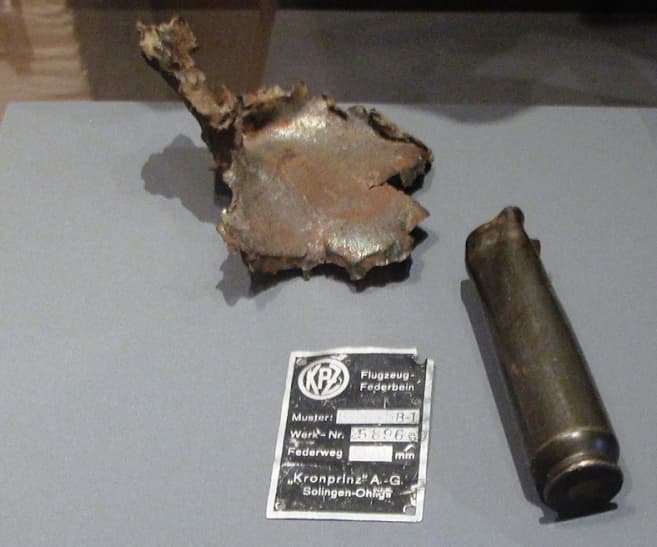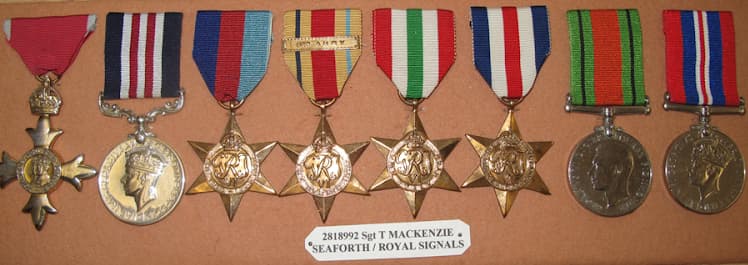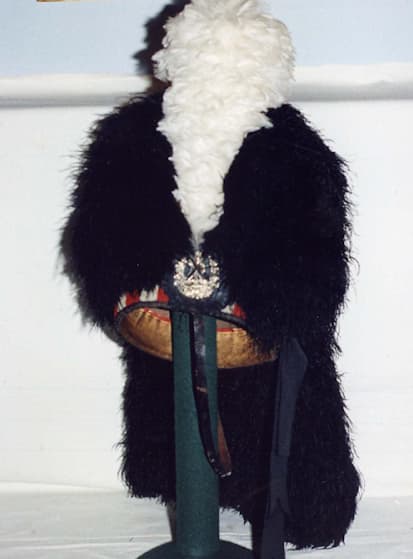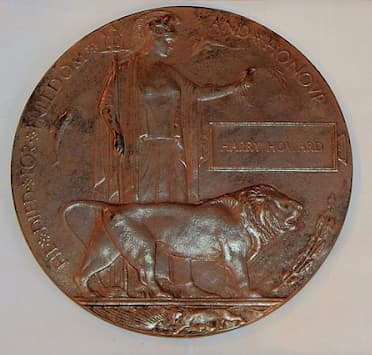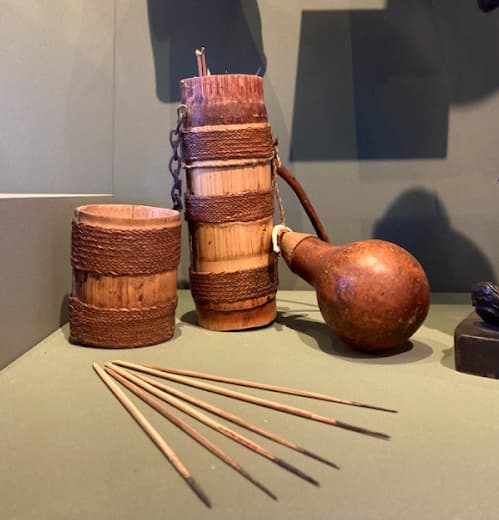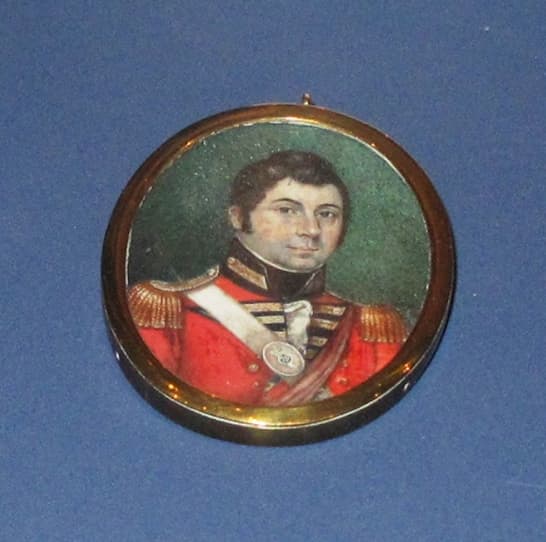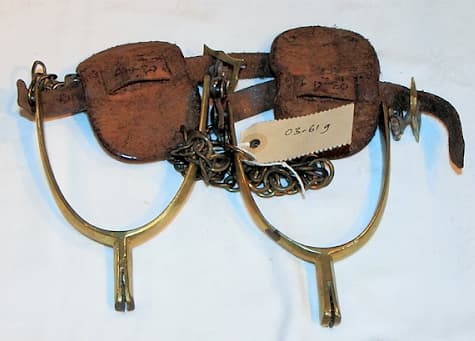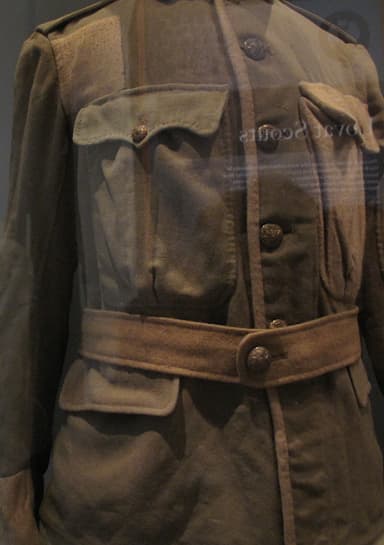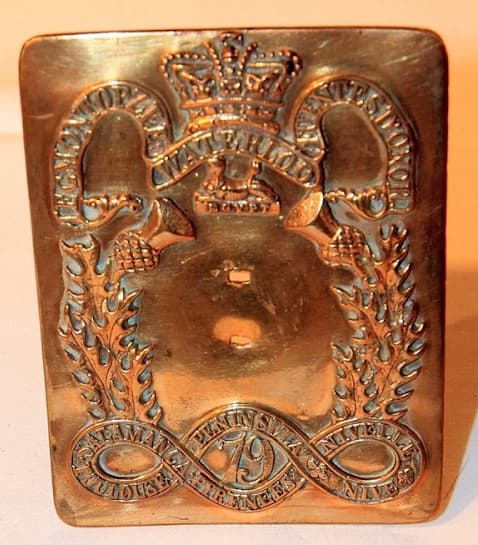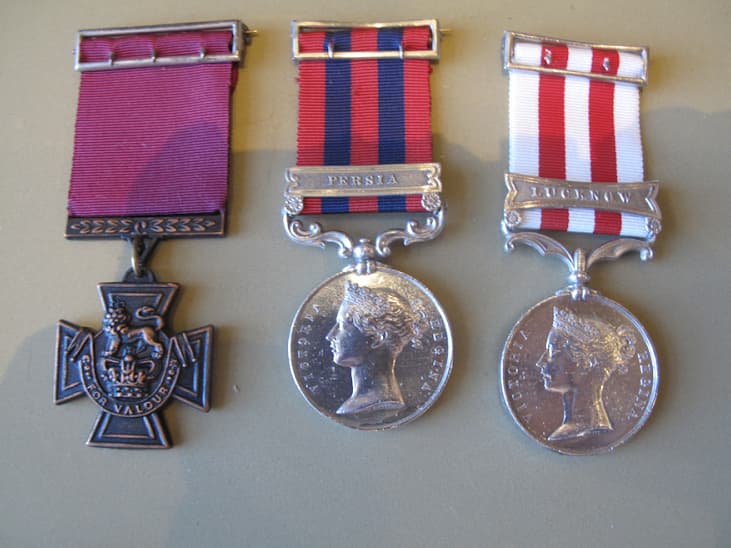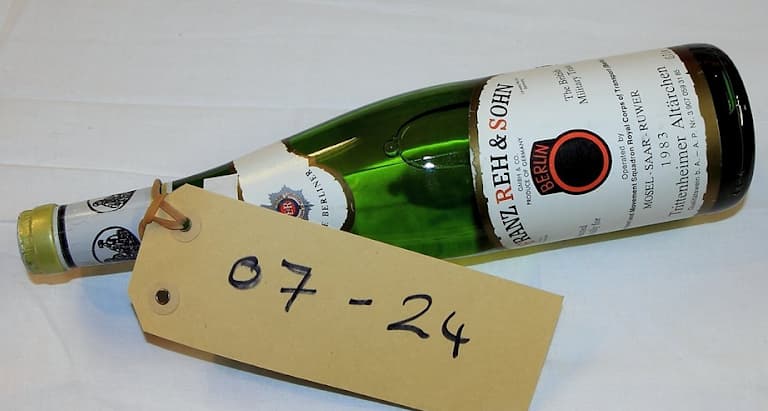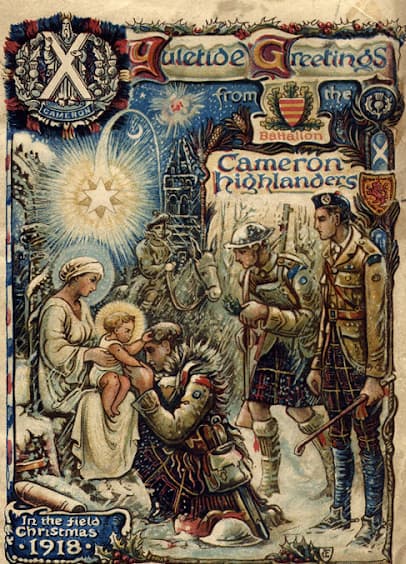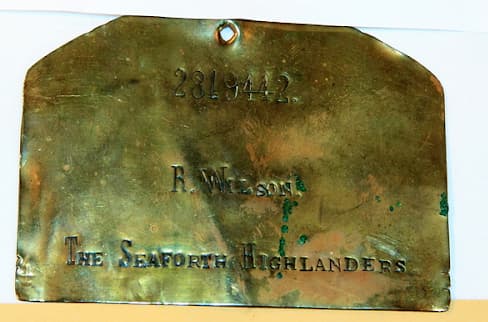A to Z of The Highlanders’ Museum
Discover the wonderful items in our extensive collection through an A to Z guide; from glengarries to wine bottles, from the Battle of Ypres to Victoria Crosses, feed your curiosity and learn something new. If you’d like to uncover even more objects from our collection, you can view our Facebook Live event from May 2021, where guest speakers covered another A to Z of the collection.
A
In 18962, Sculptor George Gammon Adams created this white marble bust bust of Lieutenant Colonel Sir Duncan MacDougall of Soroba, Argyllshire (1788 – 1862), Commander of the 79th Cameron Highlanders 1833-5. This artwork may have been the bust exhibited at the Exhibition of the Royal Academy of Arts 1862.
